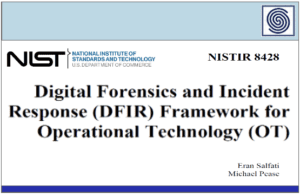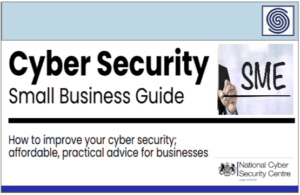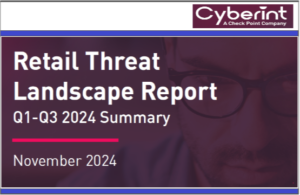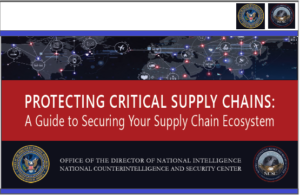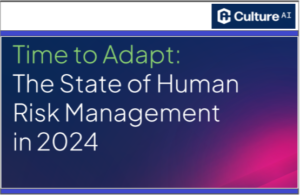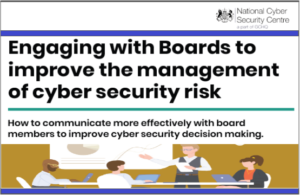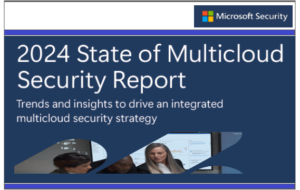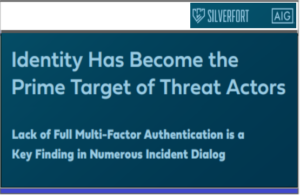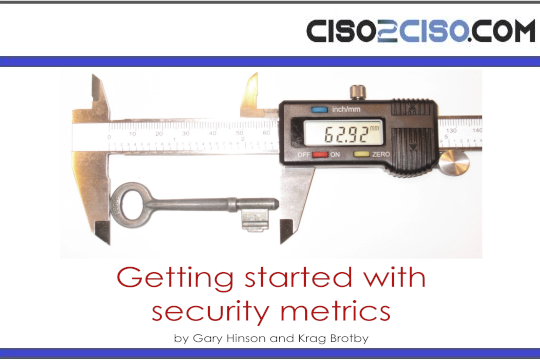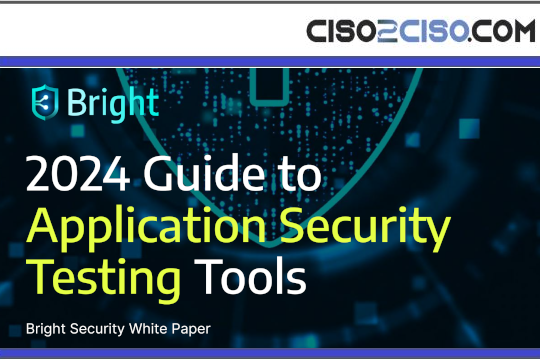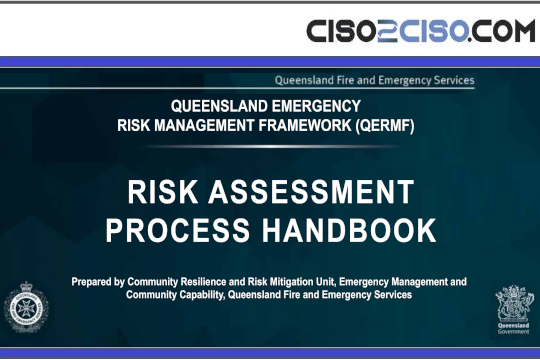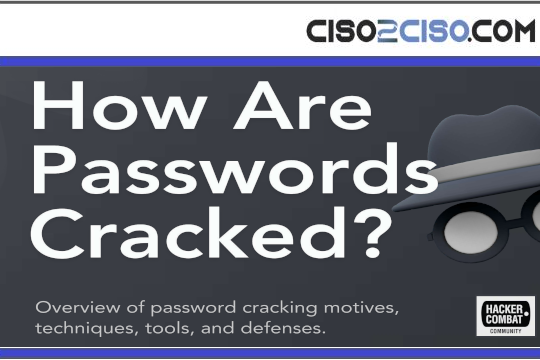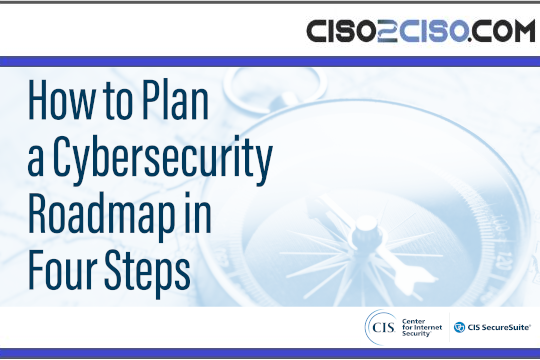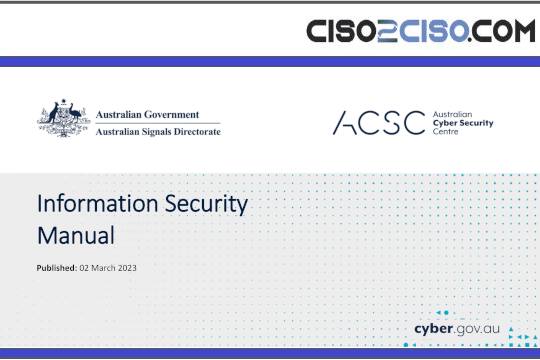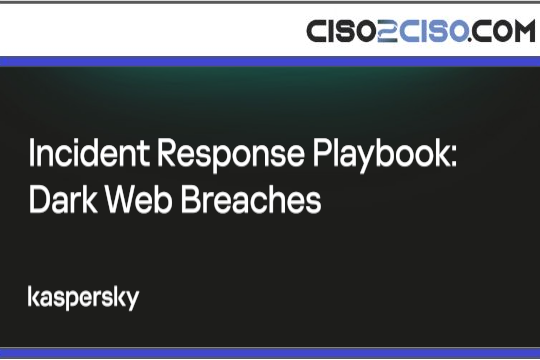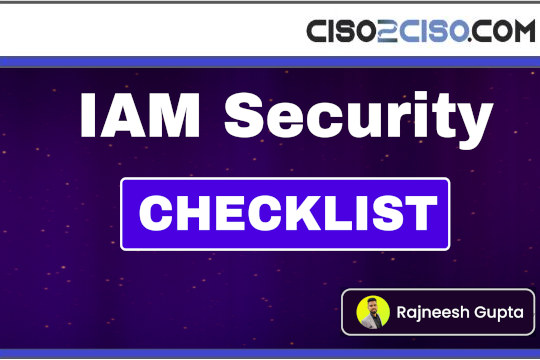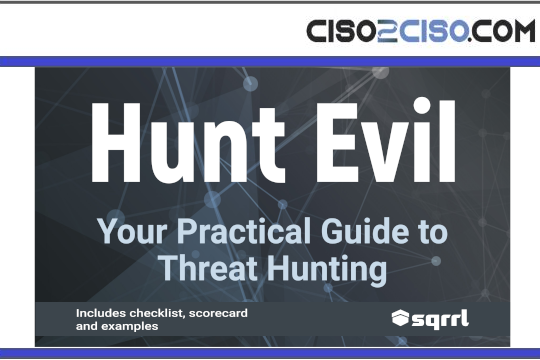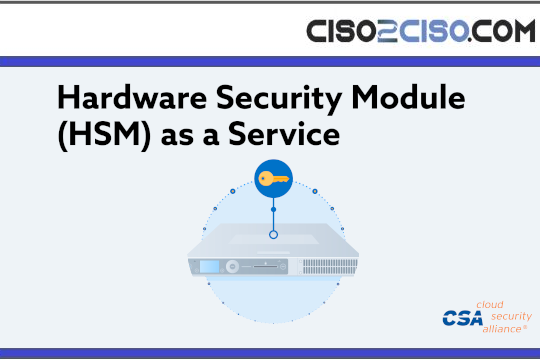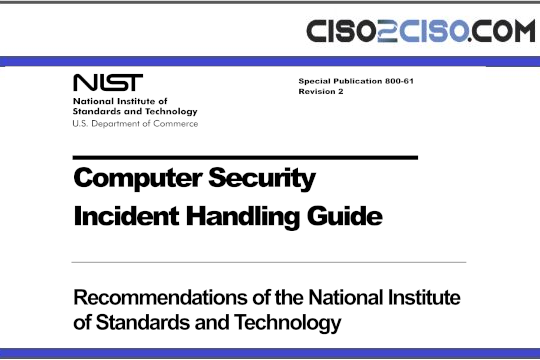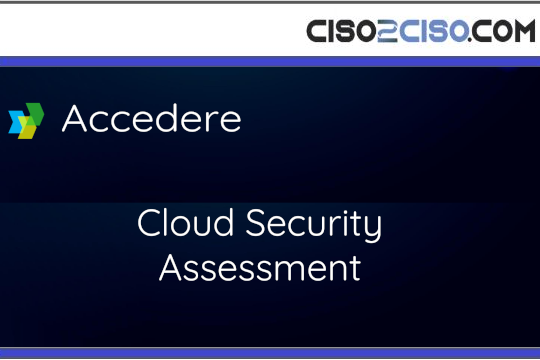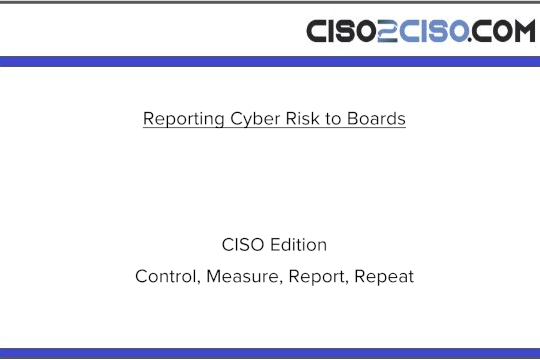Source: www.mcafee.com – Author: Jasdev Dhaliwal.
As Amazon Prime Day approaches (July 8-11, 2025), millions of shoppers are gearing up for what promises to be one of the biggest online shopping events of the year. But while you’re hunting for deals, cybercriminals may be hunting for you. A recent devastating case from Montana serves as a stark reminder that not all “Amazon” calls are what they seem.
The $1 Million Nightmare: How It All Began
In April 2025, an elderly Missoula woman received what seemed like a routine customer service call. The caller claimed to be from Amazon’s fraud department and asked if she had recently purchased computer equipment. When she said no, the caller’s tone shifted to concern; they claimed her identity had been stolen, and immediate action was needed.
What followed was a masterfully orchestrated scam that would ultimately cost the woman nearly $1 million. The fake Amazon representative transferred her to what appeared to be the “Social Security Department,” where another scammer told her that her personal information had been linked to a money laundering investigation. To “protect” her funds, she was then connected to someone claiming to be a U.S. Marshal.
The supposed federal agent convinced her that the money in her bank accounts needed to be “legalized” to keep it safe from the criminals who had stolen her identity. Over multiple visits to her home, the woman handed over cash and gold to people she believed were federal agents protecting her life savings. Instead, she was systematically robbed.
The scam only unraveled when law enforcement, working with the victim, set up a sting operation. When 29-year-old Zabi Ullah Mohammed arrived for what he thought would be another pickup, police were waiting. They found nearly $70,000 in cash in his vehicle, along with airline tickets and rental car documents – evidence of a sophisticated, multi-state operation.
When Tariff Pressure Meets Scam Opportunity
This Montana case isn’t an isolated incident, it’s part of a growing trend that peaks during major shopping events like Prime Day. What makes this year particularly concerning is the economic backdrop driving consumer behavior.
With recently implemented tariffs now in effect, including 25% on certain goods from Canada and Mexico and additional levies on Chinese products, American households are feeling unprecedented financial pressure. Recent polling shows 73% of Americans expect significant price increases in the coming months, while economists project tariffs could cost the average household nearly $1,200 annually.
This economic anxiety is creating a perfect storm for scammers, as our research shows that 46% of shoppers plan to shop more during Prime Day specifically hoping to save money in light of tariff-related price hikes. Older consumers are particularly motivated by these concerns, with 68% of shoppers aged 65+ citing tariff worries as a key driver for increased online shopping – making them prime targets for sophisticated scams promising exclusive deals and savings.
“As inflation and tariffs push more people to hunt for deals, scammers are using generative AI to craft scams that are more polished, personal, and persuasive,” said Abhishek Karnik, Head of Threat Research at McAfee. “From retailer impersonations to hyper-realistic delivery scams, these threats are getting harder to spot. The good news is that the tools to fight back are getting smarter too. The best way to stay safe is to pause before you click, trust your instincts, and use AI-powered protection like McAfee’s Scam Detector to stay one step ahead.”

Figure 1. An example of an Amazon text phishing scam
The Scale of the Problem is Staggering
- 81% of Americans plan to shop online during Prime Day 2025, creating a massive target pool for scammers
- 15% of people have already fallen victim to online scams during Prime Day or similar major retail events.
- Among scam victims, a shocking 84% lost money, with nearly 1 in 4 losing over $500.
- While 89% of people report taking steps to stay safe, nearly two-thirds (65%) admit they’re not fully confident in their ability to spot a scam. That uncertainty is exactly what scammers are counting on. Designed to blend in with the shopping rush, today’s threats pressure people to click before they think.
The AI Threat is Real
- 56% of Americans are more concerned about AI-generated scams this year than last year, particularly during major shopping events like Prime Day.
- 36% of people have encountered deepfake scams involving fake celebrity endorsements during major sale events.
- Among those who encountered deepfake scams, 71% reported that they or someone they know lost money.
The Vulnerability Factor
Older adults are particularly at risk, with 68% of shoppers aged 65+ saying tariff-related concerns motivate them to shop more online, potentially making them targets for scams promising “deals.” Heavy shoppers face the highest risk, with 23% reporting being scammed during major sale events – more than double the rate of light shoppers. More than one-third (35%) of scam victims don’t tell anyone about being defrauded. The main reasons for staying silent include embarrassment (27%), not wanting to appear gullible (24%), and shame (9%).
The Youth Risk Factor
Younger shoppers are far more likely to take risks on unfamiliar brands — especially on social media. Nearly a quarter of 18–34-year-olds say they’re willing to buy from unknown retailers if the deal looks good, with 22% of 18–24s and 21% of 25–34-year-olds ready to click “buy now” on offers from unknown brands. In stark contrast, older adults (65+) show extreme caution, with only 1% willing to engage with unfamiliar advertisements.
Social Shopping Platforms: Convenience Meets Danger
That openness comes with a serious trade-off. Platforms like TikTok Shop and Instagram Shopping are fast becoming hotspots for scam exposure. Nearly 1 in 3 young shoppers say they’ve encountered deepfake videos of influencers promoting deals or products that turned out to be scams during past sale events, and of those, a staggering 71% say either they or someone they know lost money. With 29% of shoppers browsing TikTok Shop and 10% using Instagram Shopping, these social platforms have become both a go-to destination for deals and a growing cybersecurity risk. The seamless integration of shopping and social content makes it easier than ever for scammers to blend fraudulent offers with legitimate content, creating a perfect storm of vulnerability.
How to Protect Yourself This Prime Day
The good news? These scams are preventable if you know what to watch for and take the right precautions. Here’s your defense playbook:
Verify Before You Trust
- Amazon will never call you about suspicious account activity or unauthorized purchases
- Always log into your Amazon account directly through amazon.com to check for real issues
- Use Amazon’s Message Center – all legitimate communications from Amazon appear there
- Never give personal information, passwords, or payment details over the phone
Watch for Red Flags
- Urgent language demanding immediate action (“Your account will be closed in 24 hours!”)
- Requests for payment via gift cards, wire transfers, or cash
- Claims that you need to “verify” or “legalize” your money
- Transfers to “government agencies” during the same call
- Pressure to keep the call secret or not hang up
How to Protect Your Shopping Experience
- Enable two-factor authentication on your Amazon account
- Use strong, unique passwords or passkeys for your shopping accounts
- Only shop on secure websites (look for “https://” and the padlock icon)
- Monitor your bank and credit card statements regularly
- Never click links in suspicious emails – go directly to the retailer’s website instead.
- Use reputable online protection, such as McAfee’s Scam Detector to keep you safer from online shopping scams
- Trust your gut – if it feels too urgent or too good to be true, it probably is
While 89% of people plan to take specific safety steps during Prime Day, the sophistication of modern scams means we all need to stay vigilant. The Montana woman’s story shows how even intelligent, cautious people can fall victim to well-orchestrated psychological manipulation.
This Prime Day, remember that the best deal is the one that doesn’t cost you your life savings. Legitimate retailers will never pressure you to act immediately or ask you to pay with untraceable methods. When in doubt, hang up, take a breath, and verify independently. Your skepticism might just save your bank account, and your peace of mind.
Key Takeaway: Amazon, and most other retailers, will not ask you to provide sensitive information over the phone or request payment via gift cards, wire transfers, or cash. When shopping this Prime Day, if something seems suspicious, it probably is. Trust your instincts and verify independently.
Original Post url: https://www.mcafee.com/blogs/internet-security/how-to-shop-safely-during-amazon-prime-day/
Category & Tags: Internet Security,How To Guides and Tutorials – Internet Security,How To Guides and Tutorials
Views: 0




